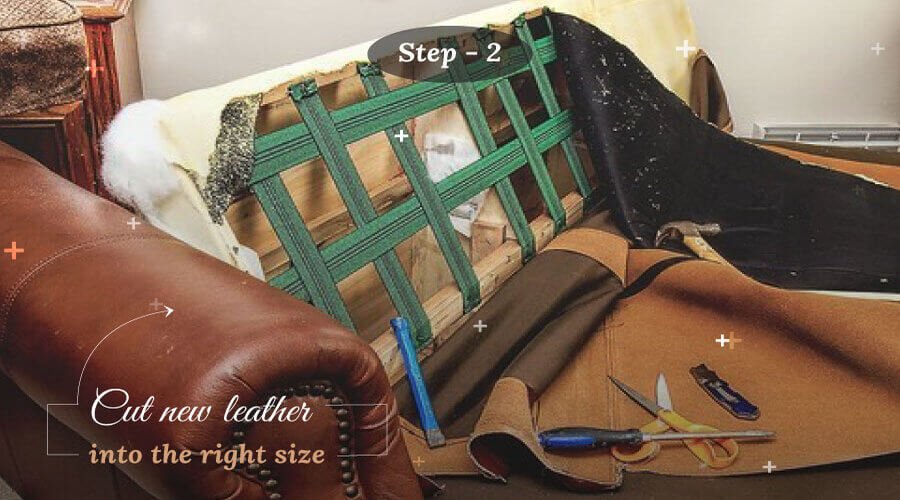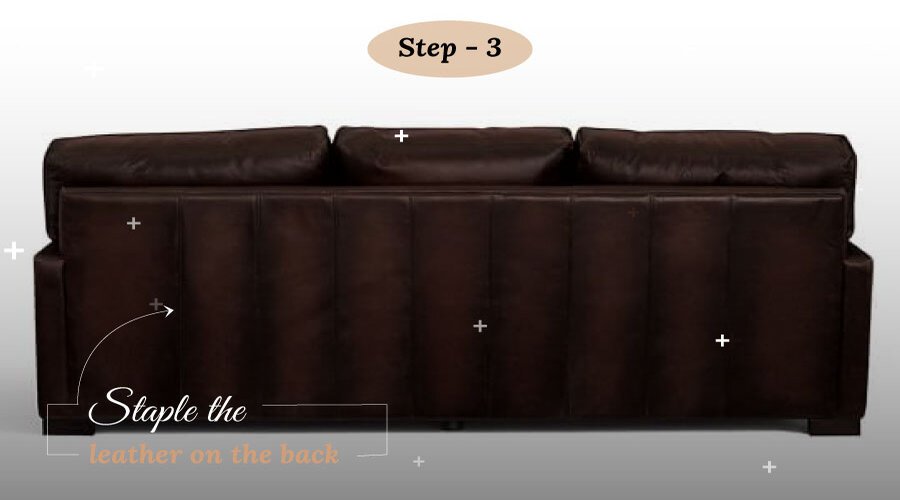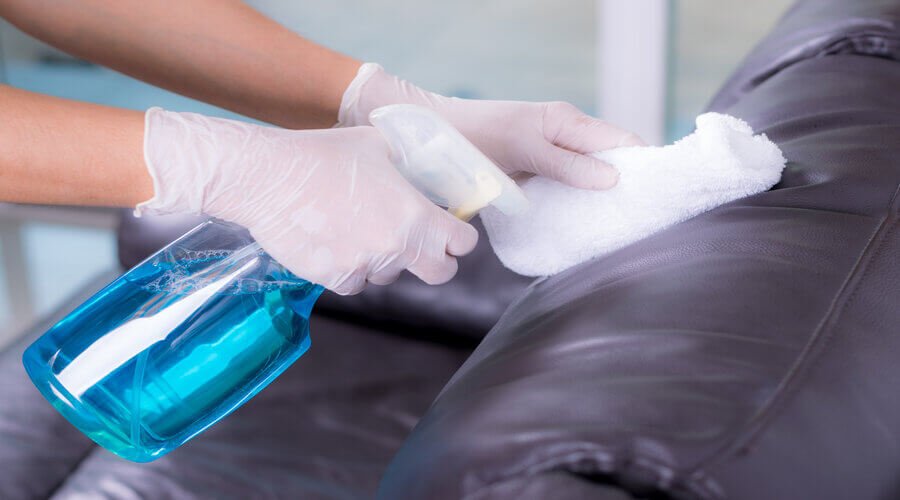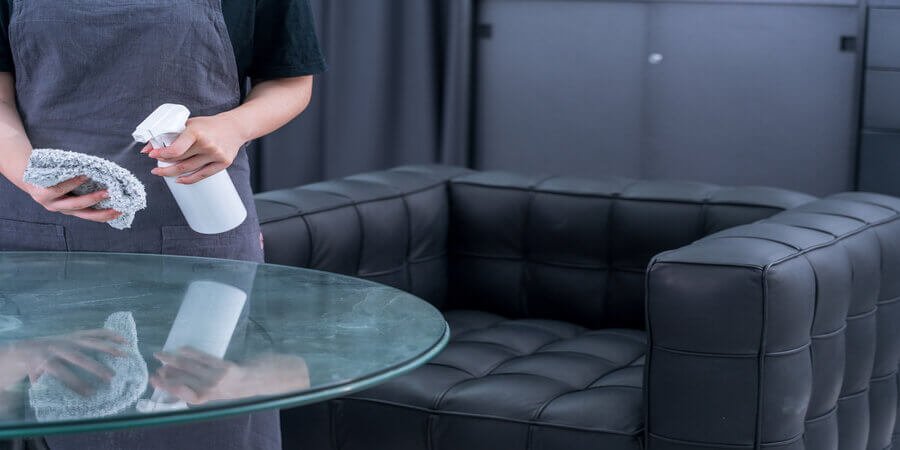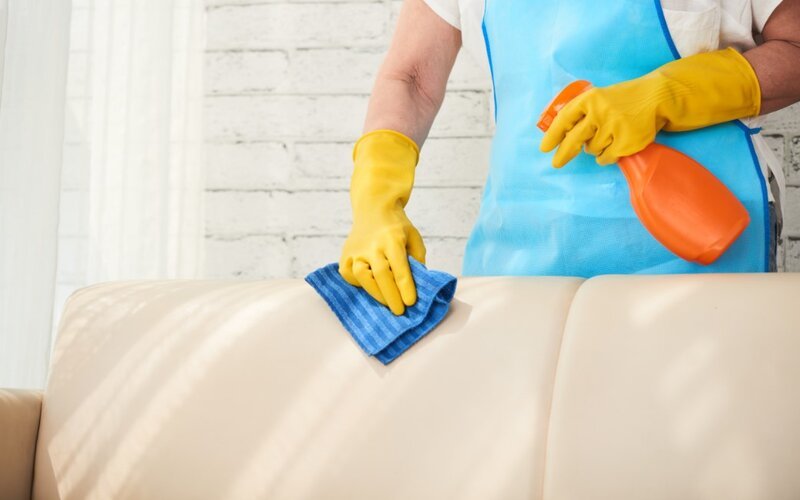How to Fix Large Hole in Leather Couch Easily [Expert Suggestion]
Holes, cracks, and tears are all too common for even the leather couches. In general, pets are responsible for holes, to be more specific, dogs. They scratch, chew and bring out the inner cushion just for fun and pleasure.
Besides, kids often use the sofa as their personal trampoline, causing great damage to the original tenacity of the surface. Thus these kinds of behaviors lead to bruises on the surface. — So, how to fix large hole in leather couch, is a genuine question.
Let’s check out the detail.
How to fix a large hole in a leather couch?
Mending a leather hole slightly differs from fixing a tear. Holes are very tough to handle and many times require professional hands. — However, we may DIY the smaller ones all by ourselves.
Related: How to Fix Scratches on Leather Couch from Dog
Two methods:
There are basically two methods of mending it. You may either stitch + sub-patch it or sub-patch + leather filler + top-patch it. You can also put only leather adhesive and get back the taste of the original stuff.
For teeni-tiny holes:
Give strokes of leather repair adhesive into the hole. Seal it shut with adhesive. Drying takes time and until it fully dries, everyone must maintain a safe distance from the hole.
Watch your pets and kids in this regard.
For large & uneven holes:
You need a set of proper tools, to begin this process. The list includes-
- Scissors
- Leather filler
- Sub-patch
- Top-patch of the same color
- Leather glue or superglue
- Cushion, if necessary
- Leather color
- Hairdryer
Prepare the setup:
Normally, the foam comes out of the hole. Cut it out. Then even out the edges of the hole in the form of a circle with the scissors.
If the stuffing is still coming out, remove it. If the cushion is missing, chop the newly bought foam in an appropriate shape and push it inside. You may use non-toxic fabric glue to join the new one to the original foam.
Apply filler:
Now, generously pour in the sustainable leather filler inside, to fill up any small disjointed space and smooth out the surface.
Make sure to dry out each layer of leather filler before placing the next until you make it to the surface level.
A hairdryer is a useful tool for this purpose. The filler allows great flexibility when it dries. It moves and bends along with the cushion.
Get the sub-patch:
The sub-patch may be either leather or denim. Actually, it does not matter. Give it an inch of extra size than the hole. Then, glue the sub-patch to the top of the newly placed foam and down to the underside of the leather hole.
— Apply steady and firm pressure so that it blends in properly. The sub-patch robustly connects the leather hole and the foam.
Pick the top-patch:
Now, bring out the same colored leather top-patch. You will find it at the hind side of the cushion cover where both the cushions meet.
Manufacturers attach an extra patch over there, for emergencies like these.
In case you do not find it there, pick an eco-friendly vinyl patch alternative from a nearby store. Be sure about its similar thickness, grain, and color.
These commercial patches usually come with low sticking capacity. — So, you might have to use a powerful glue for them.
Place the top-patch:
Carve it in due size. This is a rather difficult task. You have to place it, exactly in the right edges and places so that no overlapping takes place.
— Therefore, precise laceration is of paramount importance. Glue it to the surface and piece together all corners. This glue must fully dry, prior to using the couch. Again, using a hairdryer on low could bring you a quick result.
Superglue, sandpaper, and leather finish:
In case you are applying superglue on the commercial patch, sand it by hand and 320-grit sandpaper. Repeat this gluing and sanding process until you can feel the evenness of the surface.
After you are satisfied, dye it. Dyeing scores better with a damp sponge.
This is a highly sensitive task as it has the potential of ruining all your effort until now. The new color must match the original one.
First, try it on a low-profile or dim area. So, you can control the damage, by withdrawing the dye.
You might have to color the whole exterior, to bring a uniform appearance. Otherwise, some sections will shine bright and the rest will turn out to be dull.
At last, put some premium quality leather finish on top of everything. It will introduce a dazzling look to your work.
Final Thought:
You should give it a rest before further use. Normally, a 24-hour gap bodes well for the newly repaired hole.
Fixing punctured leather couches takes your time and great resolve. You will mostly learn through trial and error, as a newcomer in leathercraft.
— But look at the savings you are making in the process. It is really worth your attention. You may also want to check out the process of mending ripped leather sofas.

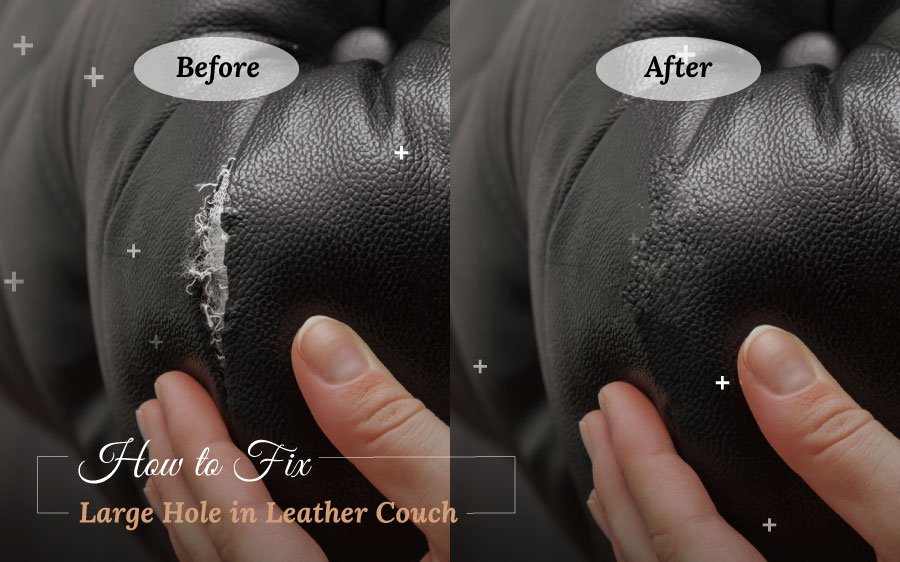

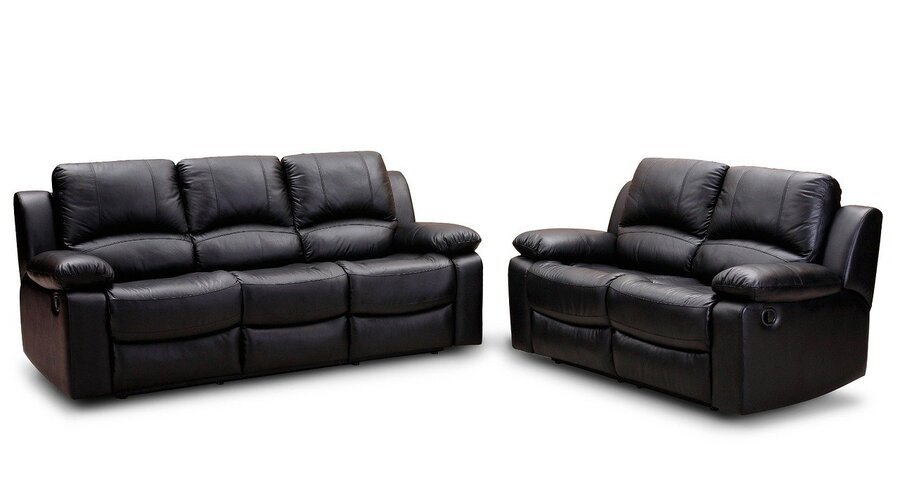
 Turn the sofa upside down and then dislodge the staples using a flat head screwdriver. Restore the leather pieces to their original size using a seam ripper. Separate these dismissed pieces as they outline the precise measurement for you to follow.
Turn the sofa upside down and then dislodge the staples using a flat head screwdriver. Restore the leather pieces to their original size using a seam ripper. Separate these dismissed pieces as they outline the precise measurement for you to follow.